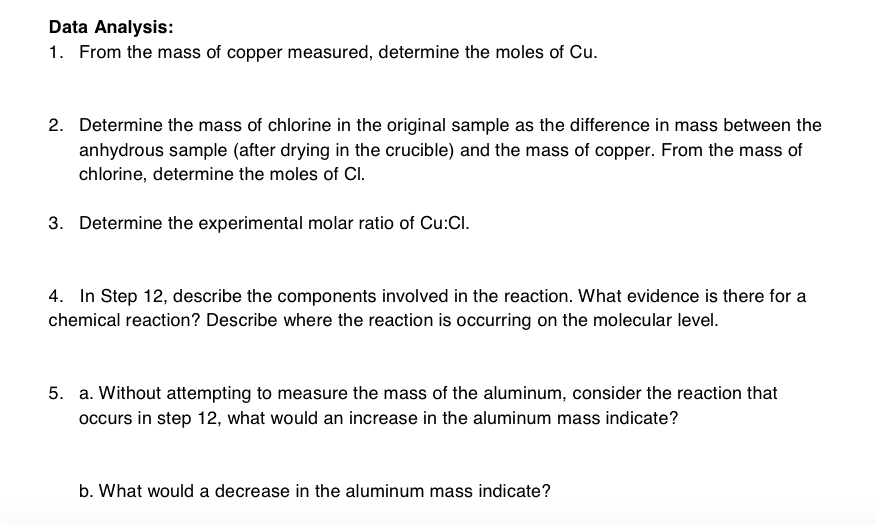A solid sample of a complex salt, with ideal compositionNi(NH3)6(NO3)2, was analyzed for nickel by dissolution in slightlyacidic solution and precipitation as the dimethylglyoximate,Ni(DMG)2. A sintered glass crucible of mass 14.1564 g was used tofilter off the precipitate. The dried crucible and precipitate hada combined mass of 14.2534 g. Calculate the theoretical mass of theoriginal Ni(NH3)6(NO3)2 sample.If the actual mass of the originalsample in this experiment was 0.0859 g (instead of thetheoretically calculated mass) -- indicating that the originalNi(NH3)6(NO3)2 complex had lost some ammonia -- what would be thecorresponding value of n in the revised formula Ni(NH3)n(NO3)2.Enter your answer to 2 decimal placesA solid sample of a complexsalt, with ideal composition Ni(NH3)6(NO3)2, was analyzed fornickel by dissolution in slightly acidic solution and precipitationas the dimethylglyoximate, Ni(DMG)2. A sintered glass crucible ofmass 14.1564 g was used to filter off the precipitate. The driedcrucible and precipitate had a combined mass of 14.2534 g.Calculate the theoretical mass of the original Ni(NH3)6(NO3)2sample.If the actual mass of the original sample in this experimentwas 0.0859 g (instead of the theoretically calculated mass) --indicating that the original Ni(NH3)6(NO3)2 complex had lost someammonia -- what would be the corresponding value of n in therevised formula Ni(NH3)n(NO3)2. Enter your answer to 2 decimalplaces
A solid sample of a complex salt, with ideal compositionNi(NH3)6(NO3)2, was analyzed for nickel by dissolution in slightlyacidic solution and precipitation as the dimethylglyoximate,Ni(DMG)2. A sintered glass crucible of mass 14.1564 g was used tofilter off the precipitate. The dried crucible and precipitate hada combined mass of 14.2534 g. Calculate the theoretical mass of theoriginal Ni(NH3)6(NO3)2 sample.If the actual mass of the originalsample in this experiment was 0.0859 g (instead of thetheoretically calculated mass) -- indicating that the originalNi(NH3)6(NO3)2 complex had lost some ammonia -- what would be thecorresponding value of n in the revised formula Ni(NH3)n(NO3)2.Enter your answer to 2 decimal placesA solid sample of a complexsalt, with ideal composition Ni(NH3)6(NO3)2, was analyzed fornickel by dissolution in slightly acidic solution and precipitationas the dimethylglyoximate, Ni(DMG)2. A sintered glass crucible ofmass 14.1564 g was used to filter off the precipitate. The driedcrucible and precipitate had a combined mass of 14.2534 g.Calculate the theoretical mass of the original Ni(NH3)6(NO3)2sample.If the actual mass of the original sample in this experimentwas 0.0859 g (instead of the theoretically calculated mass) --indicating that the original Ni(NH3)6(NO3)2 complex had lost someammonia -- what would be the corresponding value of n in therevised formula Ni(NH3)n(NO3)2. Enter your answer to 2 decimalplaces

